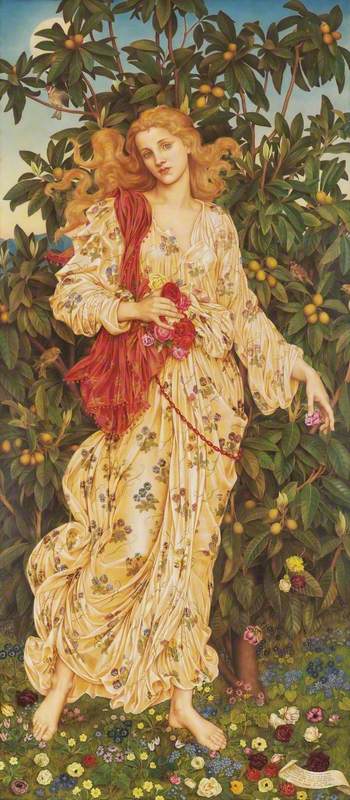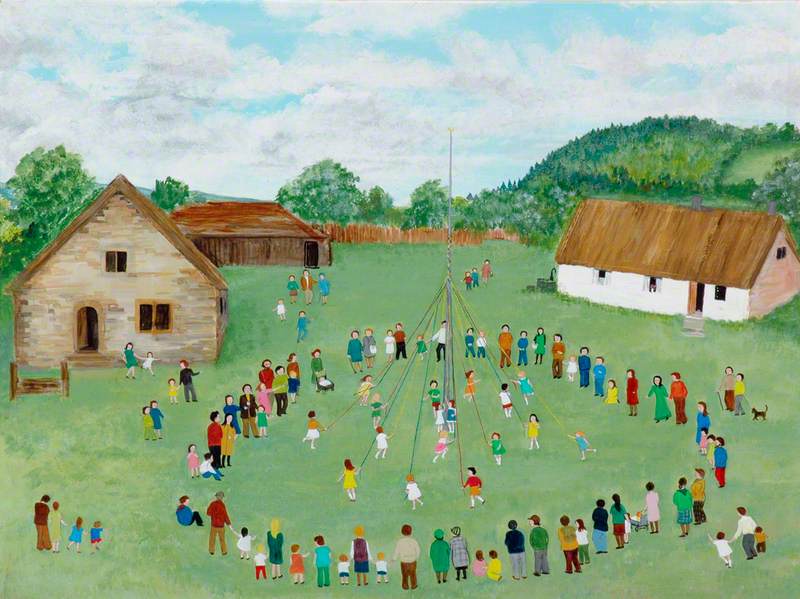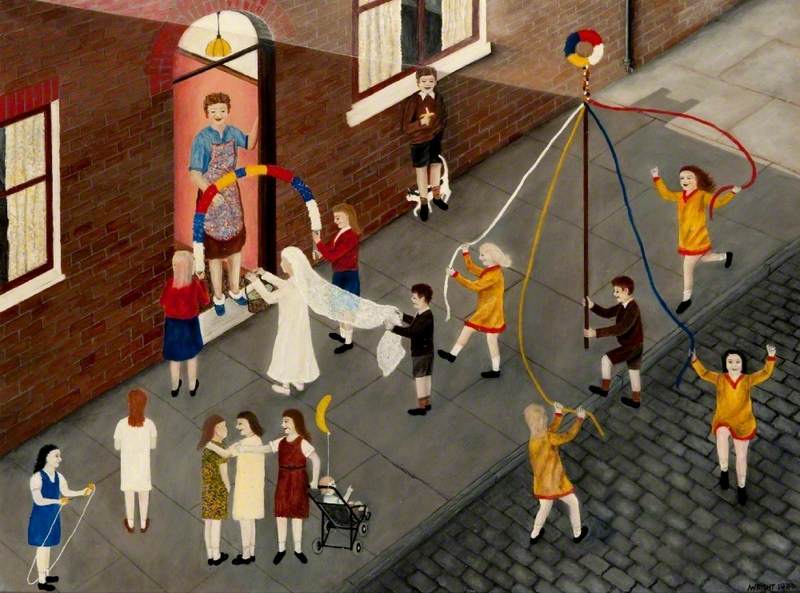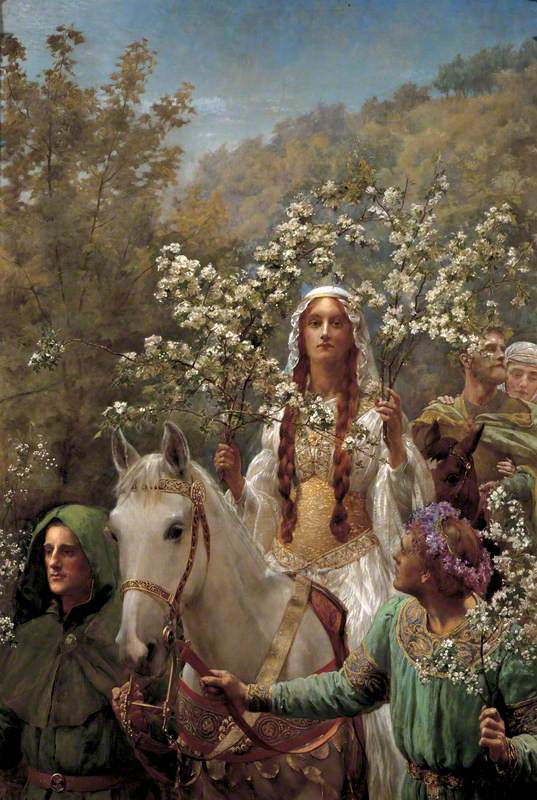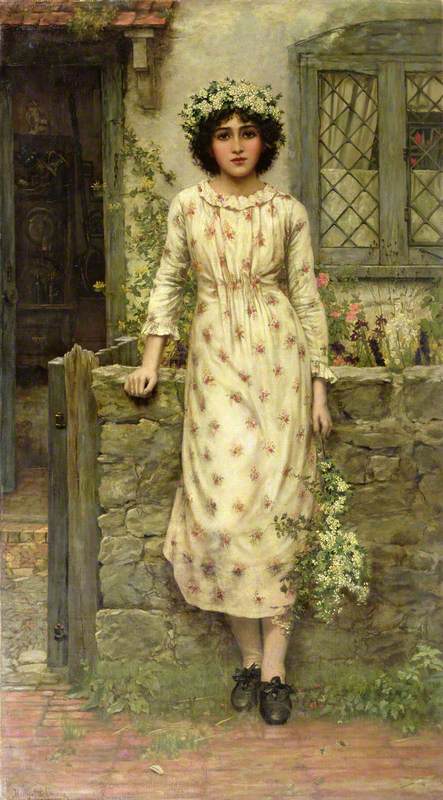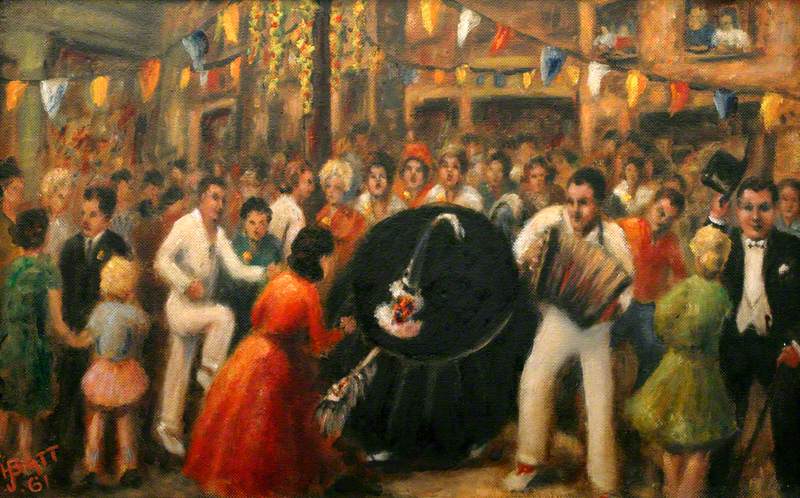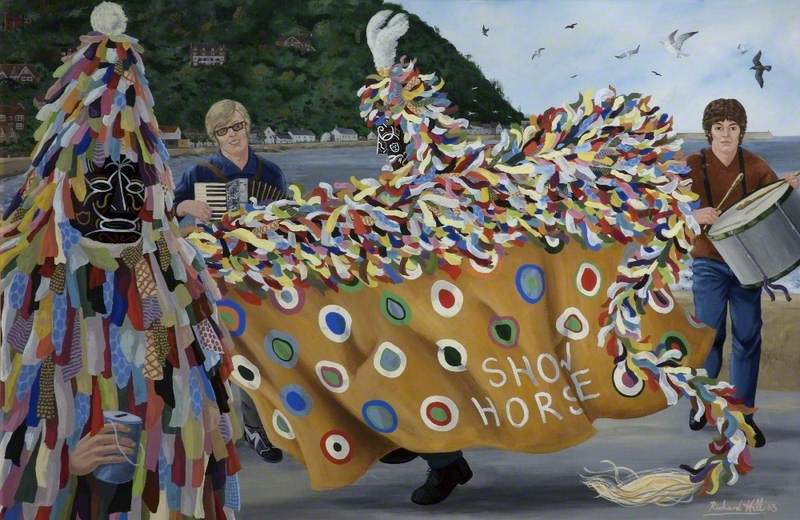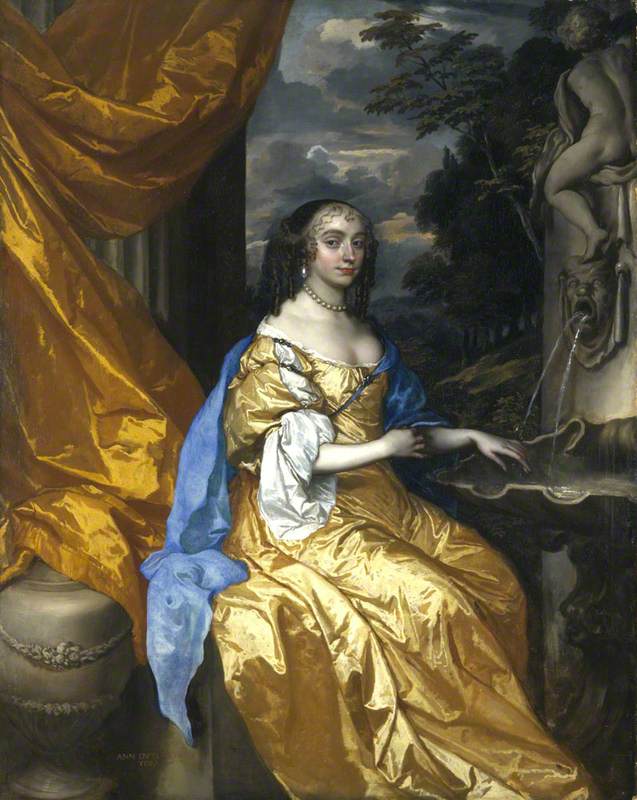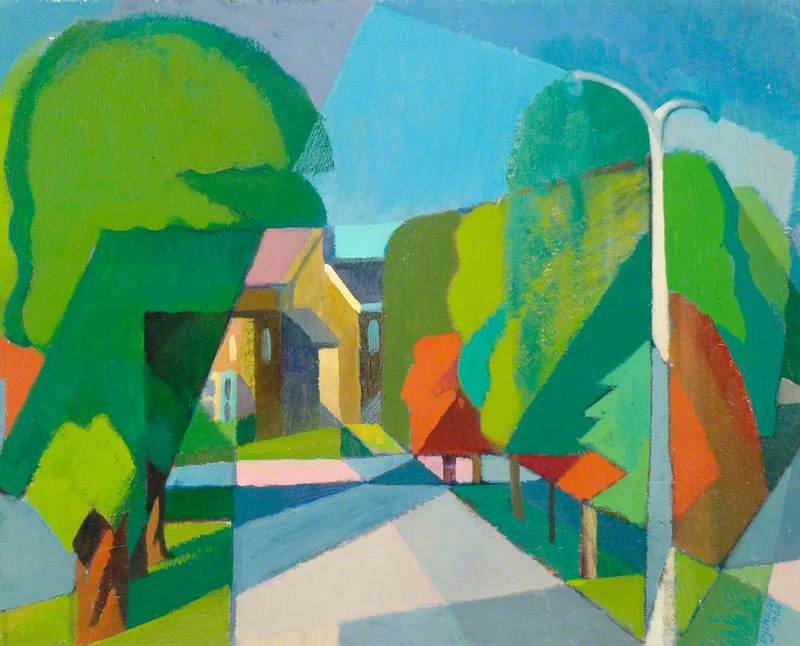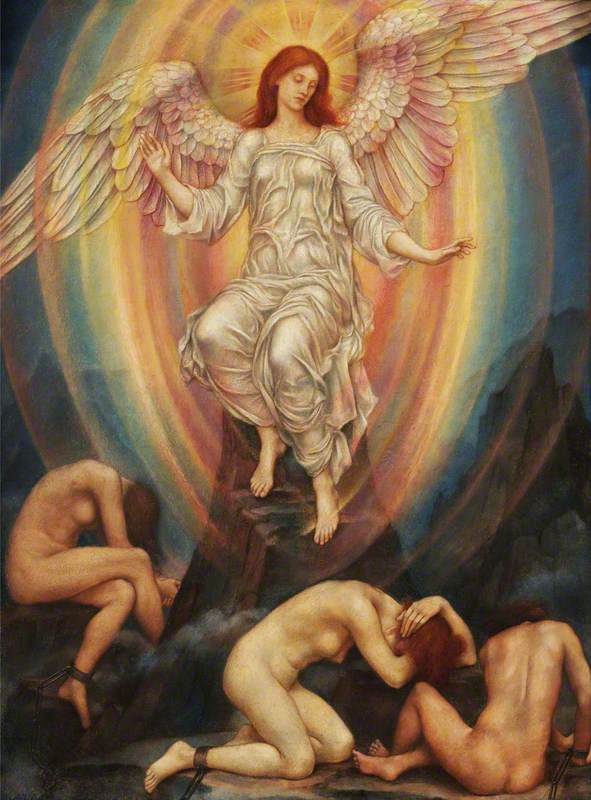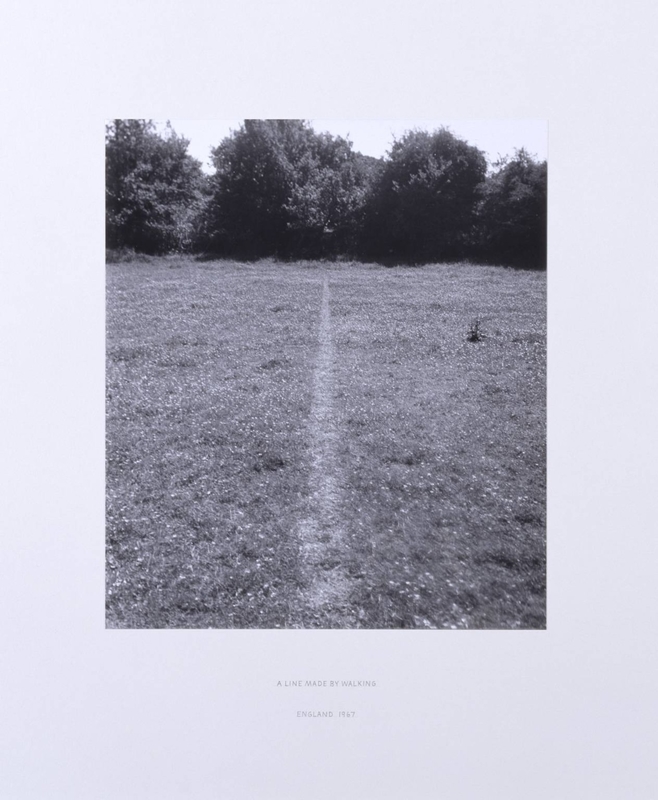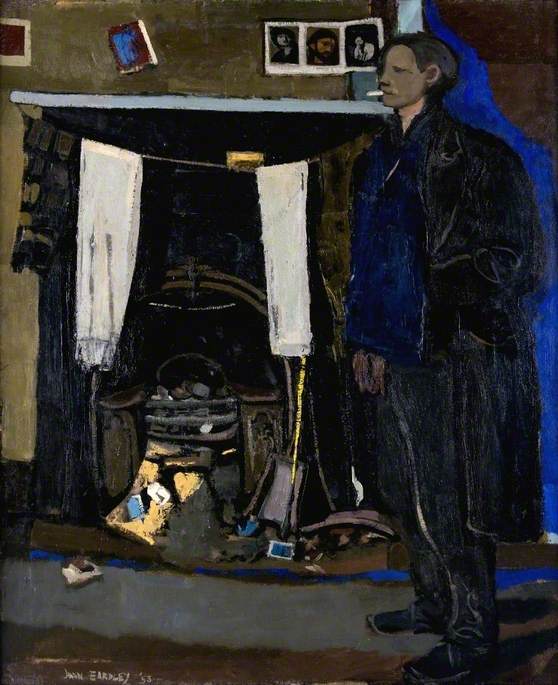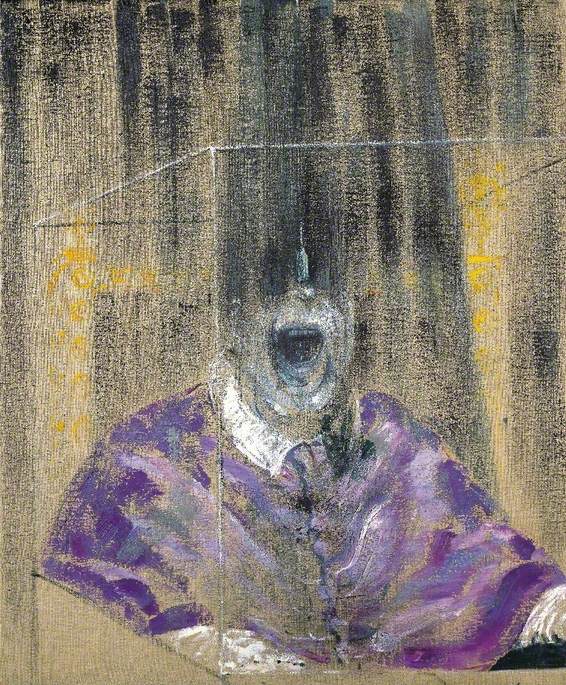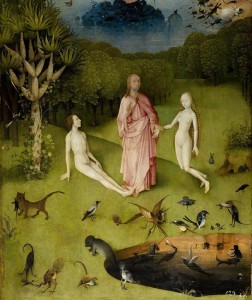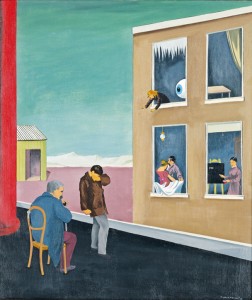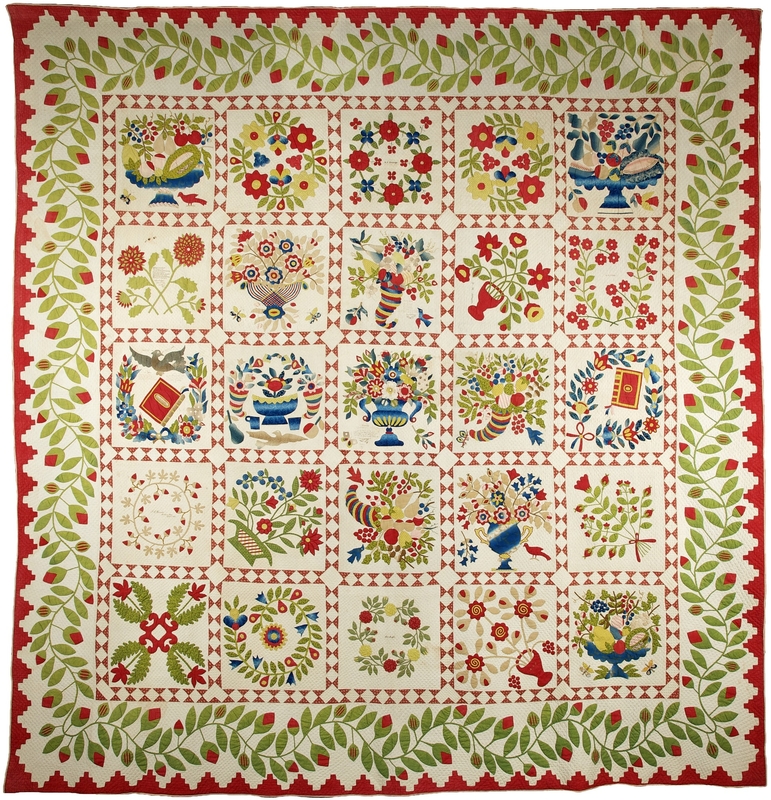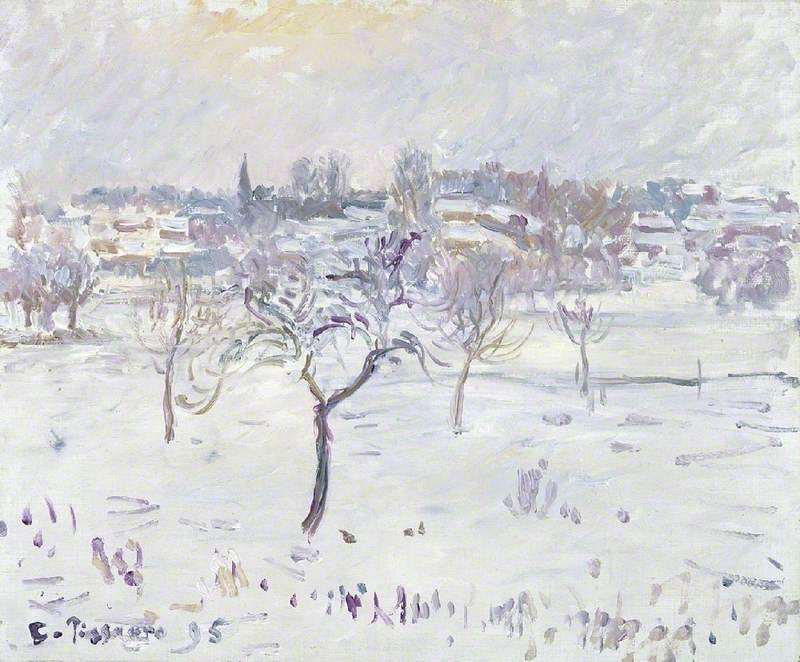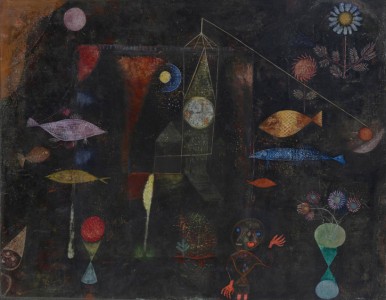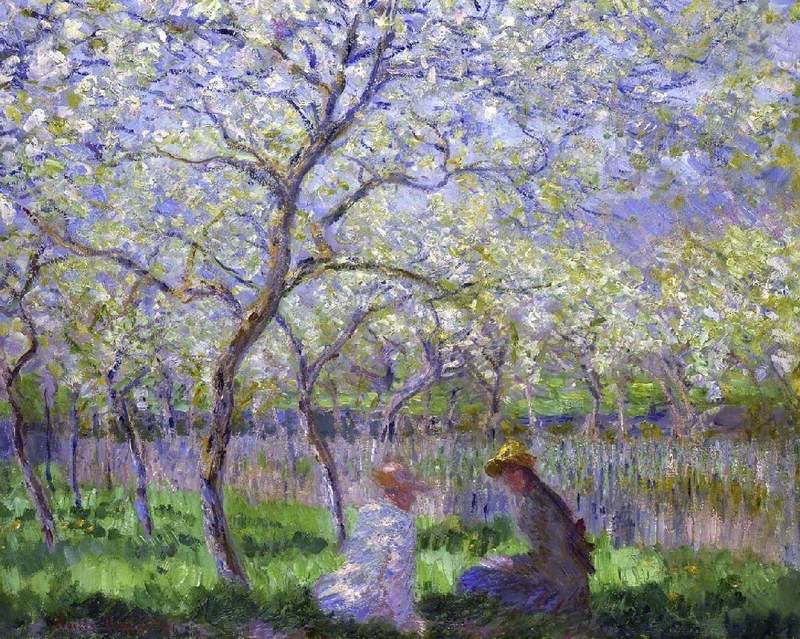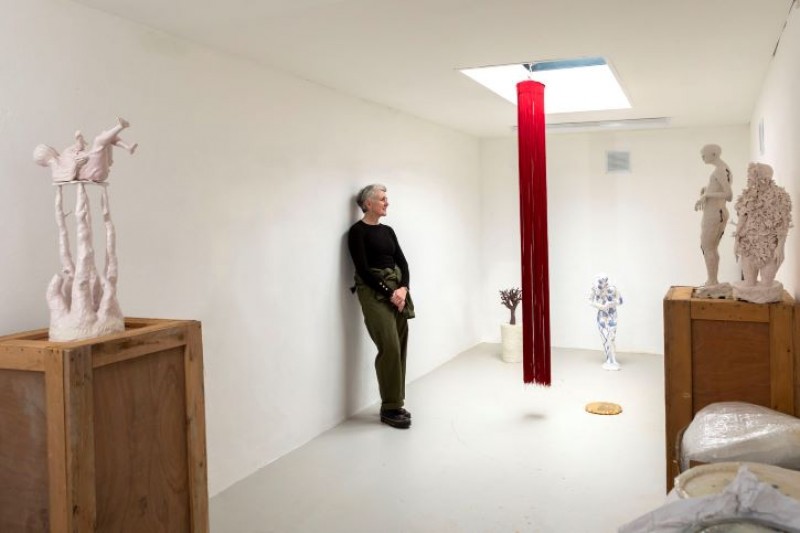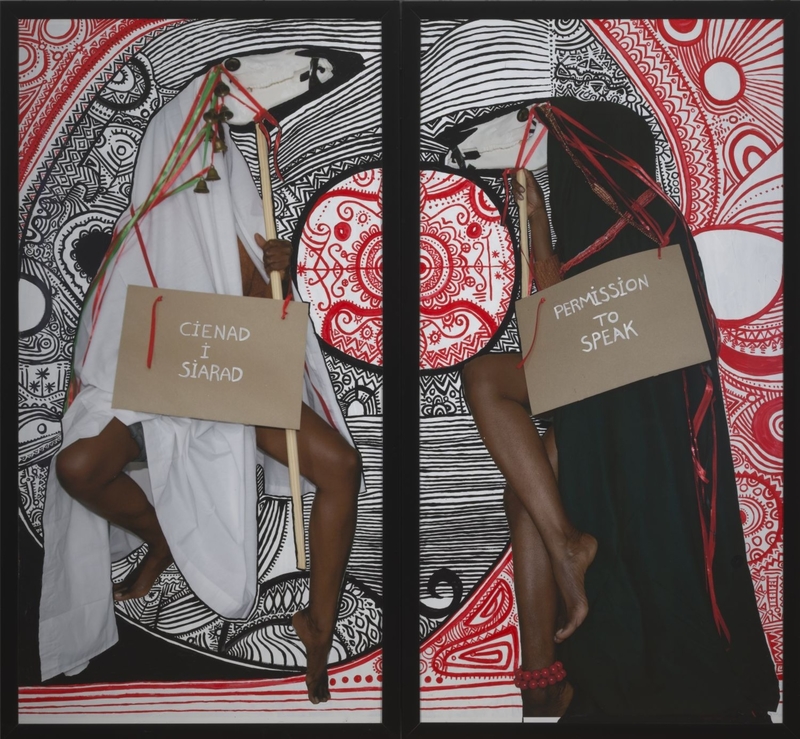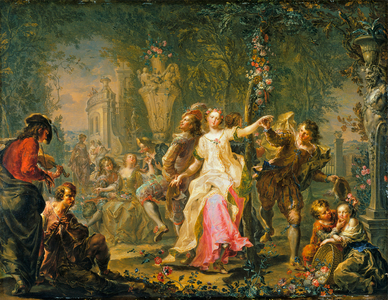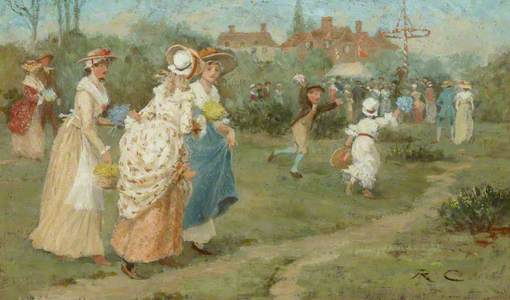The first of May is better known around the world as International Workers' Day, but it has long been commemorated across the UK as the start of the summer season.
A Garland for May Day
1895, original relief print by Walter Crane (1845–1915) 
Gardening writer and broadcaster Monty Don describes the month of May as beginning 'in spring and end[ing] in summer with the garden unfolding like a paper flower in water. The days lengthen out luxuriously... Peonies, irises, roses, poppies, alliums and delphiniums rise to their astounding glory.'
The festival of Beltane, widely celebrated in Ireland, Scotland and the Isle of Man, and which fell halfway between the spring equinox and summer solstice, commemorated this fertility and the promise of longer days ahead. Rituals were carried out to protect crops, cattle, and their herders, alongside feasts, bonfires, and licentious behaviour.
Floralia, the Roman festival honouring Flora, the goddess of flowers, fertility, and vegetation, was also known for its bacchanalian excess. Yet, Evelyn De Morgan's 1894 depiction Flora, showing the figure in a long, loose robe before a fruit tree, is somewhat demure. She stands barefoot among wildflowers, some of which she is scattering herself. Her robe is patterned with flowers local to Florence, where De Morgan worked on the painting.
Although a clear Pre-Raphaelite influence can be seen in the work, Flora owes more to Sandro Botticelli's Primavera and The Birth of Venus. De Morgan's version might look coyer than the knowing smile in Botticelli's, but she still stares directly at the viewer as if she has been interrupted during a private ceremony.
A Village Festival, Peasants Merrymaking Outside an Inn
early 1650s
Johannes Lingelbach (1622–1674) 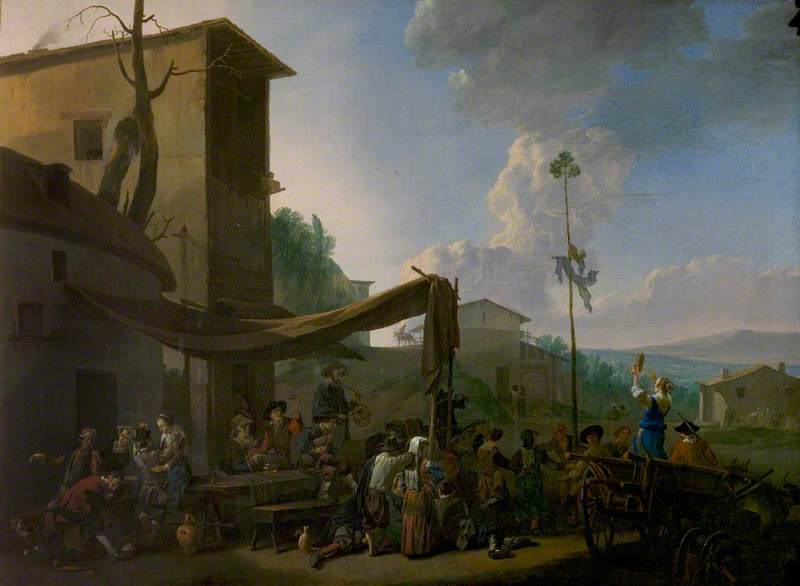
Tall wooden poles decorated with foliage, known as maypoles, are a feature of numerous European folk festivals. These phallic symbols would also have been danced around during Beltane, but by the fourteenth century, they had come to denote communal gatherings and medieval Christianity. Unsurprisingly, maypole dancing was banned and declared as 'a heathenish vanity generally abused to superstition and wickedness' by Puritan parliaments during the Interregnum.
May Day festivities would only be reinstated with the restoration of Charles II in 1660, which also saw the erection of a 40-metre maypole on London's Strand. This would remain in place for almost fifty years and help preserve the king's legacy as 'the merry monarch'.
The Strand and its Neighbourhood, Anno 1700
c.1820, anonymous etching 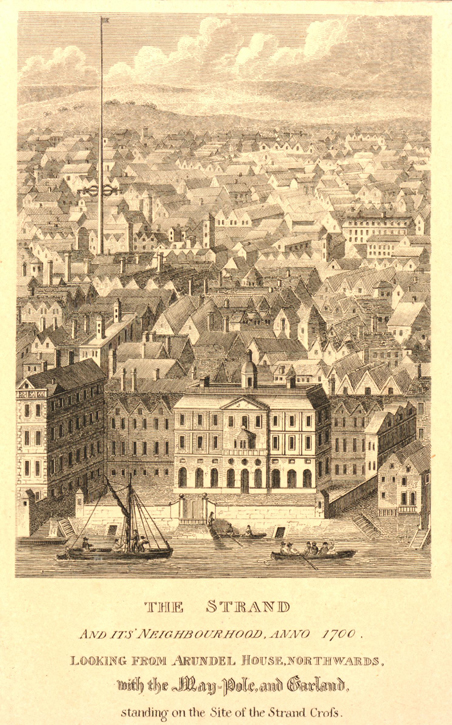
The synonymy of maypoles with 'Merry England' and rural life, particularly large groups weaving in and around a maypole with ribbons, are a Victorian invention which owe more to the art critic John Ruskin than they do Beltane or Floralia. With the maypole high up in the distance of his painting, Randolph Caldecott's May Day is a perfect example of this Victorian bucolic idyll.
In contrast, Isabel MacAlpine's Maypole Dancers at Ryedale Folk Museum is a far more colourful and modern scene in which children dance around the maypole as friends and family watch.
Arthur Wright's May Day in Town (1974) also depicts children dancing around a maypole, but it is in the middle of an urban street terrace, showing that May Day activities are not just restricted to the village green.
A contemporary of Evelyn De Morgan who also worked in the Pre-Raphaelite tradition was John Collier. His 1897 painting Queen Guinevere's Maying combines the legendary tales of King Arthur with the May Day custom of crowning a May Queen. She is often a young girl or woman dressed in white and crowned with flowers, and it is her responsibility to lead processions and inaugurate dancing.
Sometimes she is accompanied by a May King or Jack in the Green – in Collier's painting, all of Queen Guinevere's entourage are wearing green as they carry bunches of hawthorn (an ancient symbol of fertility also known as the May-tree).
Herbert Wilson Foster's The Procession of the May Queen (1893) and Margaret Isobel Wright's The May Queen focus on the May Queen as the day's centre of attention, whereas Herbert Gustave Schmalz's Queen of the May (1884) is a rather solemn portrait of a May Queen standing alone in front of a cottage.
According to folklore, the May Queen would fight off the Winter Queen and succeed in welcoming spring, while Catholic tradition dedicates the month of May to the Virgin Mary and her veneration. Altogether these influences have overlapped in the figure of the May Queen and her personification of youth, growth, and abundance.
However, May Day celebrations are not just about maypoles and May Queens. Traditions vary regionally, from Oxford's Magdalen College Choir singing atop the Great Tower at sunrise to the belief that women who climb Arthur's Seat in Edinburgh and wash their faces with morning dew will have good health, beauty, and happiness. Despite now being held on the late Spring May Bank Holiday, cheese rolling is one of the most eccentric, if not dangerous, practices which has its roots in springtime fertility rites.
Cheese Rolling on Cooper's Hill, Gloucestershire
1948
Charles March Gere (1869–1957) 
Charles March Gere's 1948 painting Cheese Rolling on Cooper's Hill, Gloucestershire illustrates the annual event in which competitors chase after a nine-pound wheel of Double Gloucester hurled downhill. Though the first written evidence of the contest dates to 1826, the exact origins of cheese rolling at Cooper's Hill remain unknown. It is thought to relate to the pagan ritual of throwing burning brushwood down the hill to mark the beginning of a new year after winter has passed, but it could also have been a way to maintain or gain farming rights and land.
The event attracts a large audience of all ages, as recorded in Gere's painting, with the Master of Ceremonies overseeing the race in his white coat and ribboned top hat. Aside from the cheese rolling itself, perhaps the most archetypal quality of the British outdoors which Gere captures is the small sliver of sun coming through grey, almost stormy, clouds.
A custom that still takes place every May Day is the 'Obby 'Oss festival in Padstow, Cornwall. Harry Batt's Padstow May Day (1961) and Agnes Hawkins' May Day, Padstow (1981) both show the festival in full swing.
Deriving from the term 'hobby horse', 'Obby 'Oss refers to the stylised horses which two rivals dress up as. They are accompanied by musicians and dancers during their parades through the narrow streets before returning to their 'stables' at the end of the day. In Batt's painting, the townspeople are dancing and singing around the 'Obby 'Oss, while Hawkins' piece focuses solely on the black, circular costume of an 'Obby 'Oss and a 'teaser' dancing beside it with a padded club.
Hobby horse processions can also be found in other parts of Cornwall, Devon, and Somerset. Richard Hill's 1983 painting Hobbyhorse renders the annual celebration in Minehead where they have three boat-shaped hobby horses covered in multicoloured strips, ribbons, and roundels. As with cheese rolling, these traditions are thought to come from Beltane and its celebration of the land's fertility, but no one quite knows for sure.
Along with cheese rolling and 'Obby 'Oss festivals, May Day traditions continue to be celebrated today across the UK. Hastings revived its Jack in the Green parades in 1983, Beltane processions are held in Glastonbury and Edinburgh, and Morris men dance at dawn from the Cerne Abbas Giant in Dorset to Blue Bell Hill in Kent. They gather, perform and revel in the hope of a long and fruitful summer, just as those who came before them.
Victoria Rodrigues O'Donnell, freelance writer

